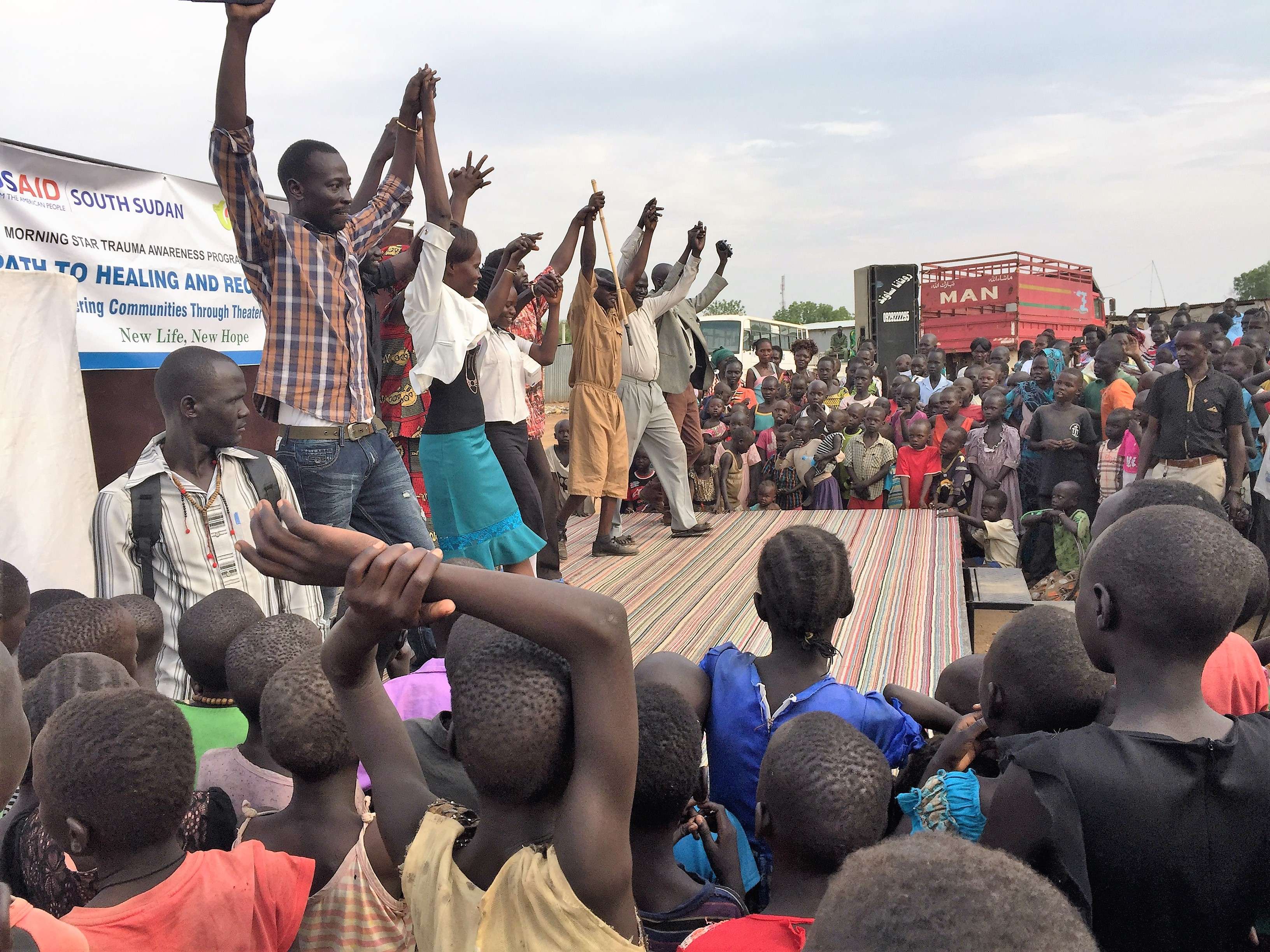
At DT Global, we are creating an environment to fuel innovation—one in which staff are encouraged to generate new ideas, in which co-design and partnership opportunities are welcome, and in which experimentation and testing are encouraged. Our Vice President for Strategy and Innovation, Mel Dunn, discusses how we define innovation and what we’re doing to design a culture of innovation across the company.
At its most basic, innovation is about creating new value by turning ideas into action and finding ways to do work smarter, better, and faster. Of course, innovation can also lead to big, transformative solutions, but it’s important that we also encourage micro-level innovation and change. This could be as simple as a new method for sharing information within a project team to support adaptive learning, or a tool to get financial information from field offices to the home offices faster. Innovations need to be of value for our staff, clients, and most importantly, the beneficiaries we work with.
In addition to what we create for our programs, innovation is also about our internal culture. Sometimes, this means embracing a little bit of chaos and shaking the status quo to make change—that is the obligation of all of us, as DT Global.
Finally, it’s important to realize that you don’t need to be Marie Curie or Steve Jobs to innovate—every one of us can have the ability to generate new ideas and create change. To support this, we need to respect the diversity in the room and listen to all voices—including the quietest at the table. Ideas can come from anywhere, so it’s important to encourage a range of viewpoints and have many avenues through which to generate ideas.
DT Global’s values incorporate innovation as a pillar, and I believe this is the first step toward shaping a culture of innovation. Innovation needs to be clear part of the approach we use to achieve our goals.
We also need to safeguard an environment that supports innovation. For us, this means providing all staff with the space to generate new ideas, the ability to take risks, and the ability to accept—and crucially, learn from—failure. It means celebrating our staff when they step up and have a go at an idea, even if it doesn’t turn out perfectly.
Key to this is to not fear failure, but rather to use it to invest properly in new ideas. The problem is never failure, per se, but rather the inability to learn from failure. So, at DT Global, we come at failure from a process perspective: it’s not about eliminating failure but rather setting up a transparent process to evaluate what might work and what we should invest in. This means using ‘proof points’ to test ideas along the way, kill off ideas that aren’t working after a small pilot or test, and ultimately, winnow down many ideas to a few actionable ones.
There is no doubt about the big role of science and technology in innovation and change. But there are many other kinds of innovations we are lucky to see in our work, and it’s important to keep these in mind as we encourage our staff and projects to think innovatively.
For instance, one of our partners created a storytelling methodology which rests on the principle that the stories we tell ourselves can shape how we think of ourselves and our world—and that by shaping these stories and challenging stereotypes, we can help realize peace. They’ve been successfully rolling out trainings with Syrian youths in refugee settings to provide psychosocial support and help build communities.
Another example of innovative ‘low-tech’ programming is a trauma awareness initiative that we implemented as part of our prior work in South Sudan. The initiative helped communities to understand how trauma has perpetuated historical tensions so that they could begin to bridge those divides. We used an innovative combination of theater programs in schools and on the streets, radio broadcasts of these plays for larger audiences, and training of trainers to support the initiative.
And finally, sometimes innovation and a culture of innovation manifests itself in small ways—such as a tool to manage a program more efficiently. While working on big picture innovations, we should always keep those small innovations in mind: incremental shifts that over time, can deliver important changes to improve people’s lives.